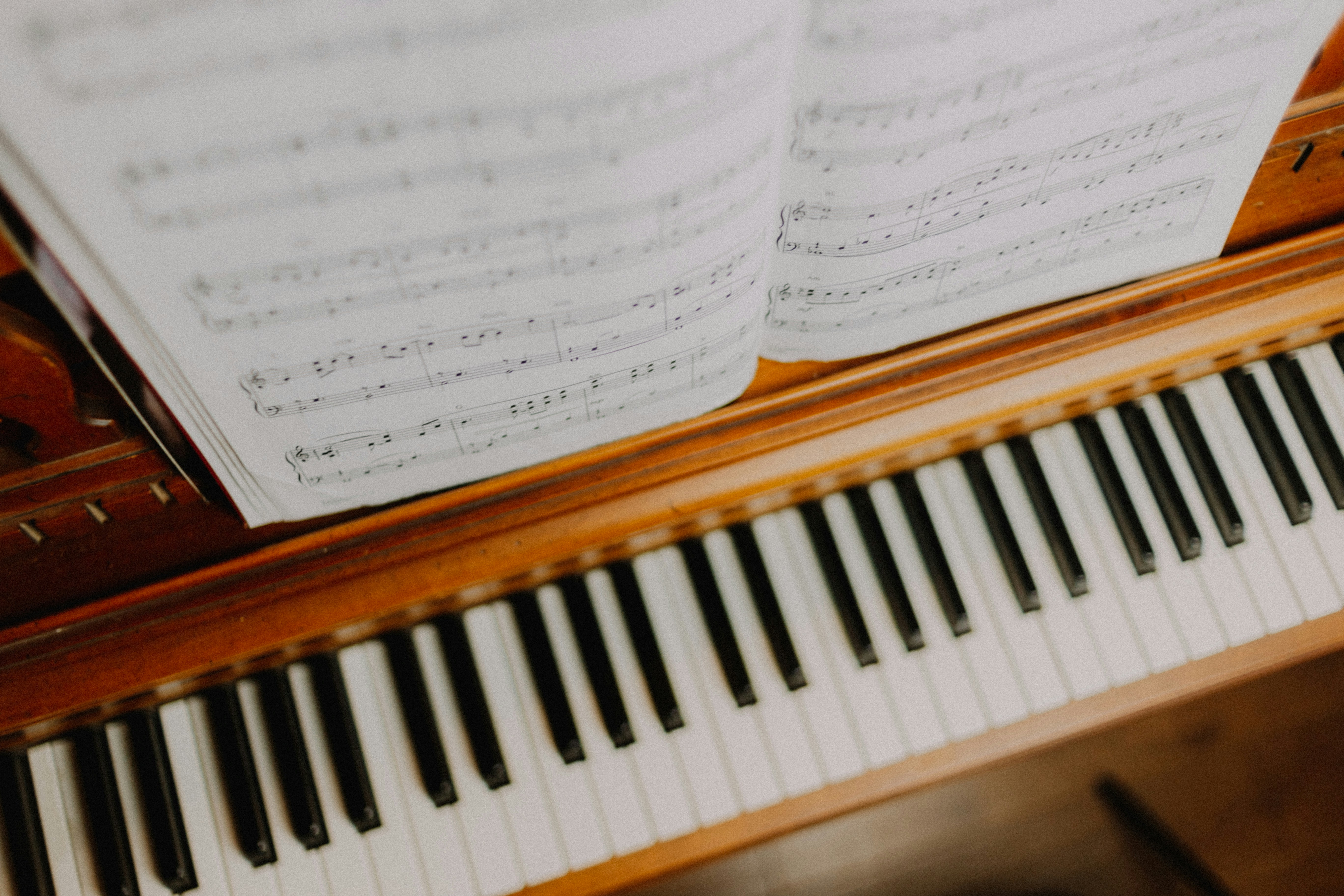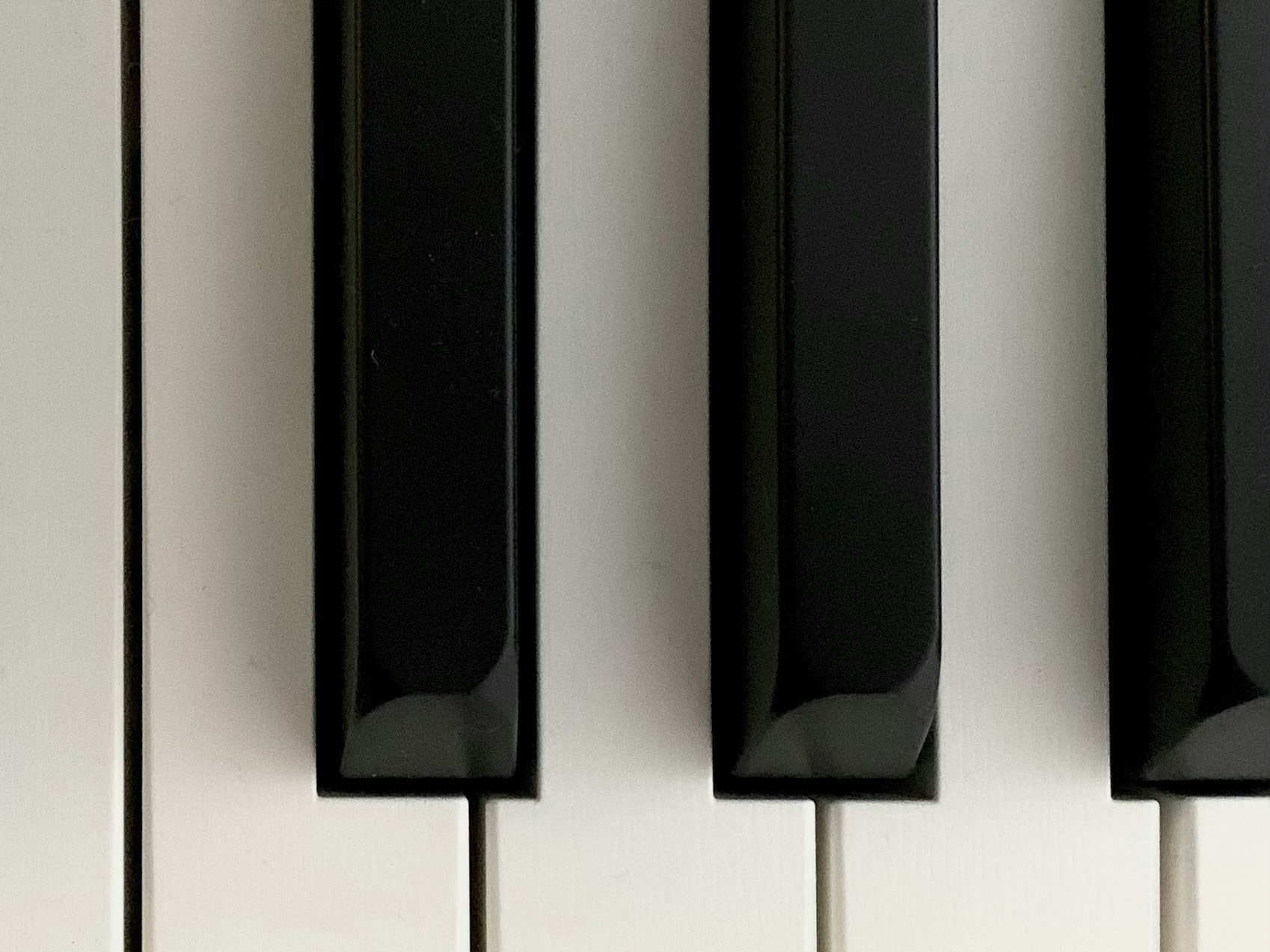
What the Viennese waltz is to Austria, the mazurka is to Poland: a dance that is inextricably linked to the nation’s identity. Like the waltz, the mazurka is also in triple time. However, unlike the waltz, whose rhythm always accentuates the beginning of the bar, the rhythmic emphasis in the mazurka is on the second or third note of the bar, which would normally have no accent. This gives the dance a lively, archaic character, underlined by the melodies, which are mostly based on traditional folk music scales.
From folk dance to social dance
The origin of the mazurka (Polish: Mazurek) lies in Mazovia, an area near Warsaw. It was initially a popular leaping and whirling dance of the rural population, but the higher circles of Polish society began to develop a taste for it from 1600 onwards. From the middle of the 18th century, the mazurka was often used as a dance interlude in performances of opera and ballet. Its popularity spread beyond Poland, conquering salons all over Europe as a social dance.
Political statement
It is mainly thanks to Frédéric Chopin that the mazurka was introduced into the piano repertoire. The Polish composer and piano virtuoso had been living in Paris since 1831, because of the political unrest caused by Russian foreign rule in his homeland in the first half of the 19th century. During his French exile, he became an acclaimed artist. His yearning for Poland inspired him to write mazurkas – wonderfully poetic piano pieces that take up the atmosphere of Polish folk dance, stylise it and yet are something entirely original.
In his mazurkas, Chopin also expressed national pride, transforming them into a statement of support for Poland’s freedom. Many Polish composers after Chopin wrote mazurkas for the piano; among the most significant are those of Karol Szymanowski, who stylistically developed Chopin’s model further and adapted it to a modern tonal language.

What is a piano sonata?
Anyone who plays the piano – whether professional or amateur – cannot avoid it: the piano sonata. But what exactly is it?

What is an impromptu?
The term comes from the French and means “unprepared”, or “improvised”. Someone performs something quite spontaneously off the cuff.

What is a prepared piano?
A piano can be so much more than a piano: percussion, noise machine, gamelan orchestra...